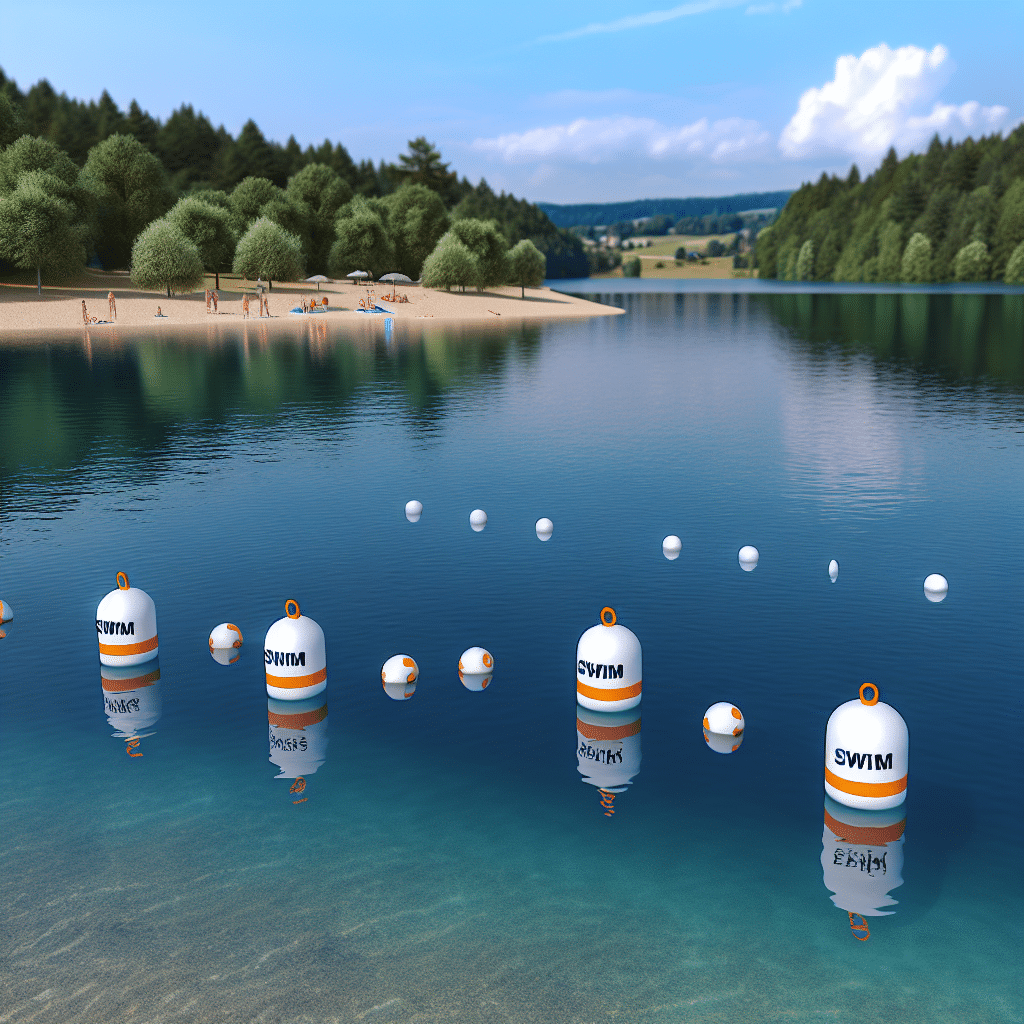In the vast aquatic landscape, keeping everyone safe requires clear and effective communication. One of the key tools in this endeavor is the regulatory marker, an essential part of marine and freshwater safety. But when it comes to designating areas specifically for swimming, which symbol on a regulatory marker is used to mark a swimming area? This article delves into that crucial detail, ensuring that swimmers and boaters alike stay informed and safe.
Understanding Regulatory Markers
Regulatory markers, often referred to as buoys or signs, serve as aquatic road signs for maritime traffic. They are used to convey critical information to boaters, swimmers, and other water users. Regulatory markers come in various shapes, colors, and symbols, each with its specific meaning. These include danger areas, restricted zones, informational signs, and, of course, swimming areas.
The Anatomy of a Regulatory Marker
Most regulatory markers are white with orange geometric shapes and black text. The shapes commonly used include circles, squares, diamonds, and crosses. Each shape corresponds to different types of information:
– **Circles**: Indicate controlled areas where specific rules apply.
– **Squares or Rectangles**: Used for informational markers.
– **Diamonds**: Warn about dangers such as rocks or submerged objects.
– **Crossed Diamonds**: Signal areas that are closed to all vessels.
The Symbol for Swimming Areas
When it comes to marking designated swimming areas, the specific symbol on a regulatory marker is the orange circle. Inside the circle, you will often find the word “SWIM AREA” or simply “SWIM.” This circle indicates that the area within or beyond this marker is reserved exclusively for swimming, and other watercraft are prohibited from entering.
Why is This Important?
Ensuring that swimming areas are clearly marked with the correct symbol is vital for several reasons:
1. **Safety**: Swimmers are vulnerable to watercraft, which can cause accidents or even fatalities. Clearly marking swimming areas keeps swimmers safe by segregating them from areas used by motorized boats, jet skis, and other fast-moving vessels.
2. **Regulation Compliance**: Properly marked swimming areas help both swimmers and boaters adhere to local and federal regulations. Failure to comply with these markers can result in fines and other penalties.
3. **Environmental Protection**: Certain swimming areas are designated to protect delicate marine ecosystems. By marking these areas correctly, we ensure minimal disturbance to aquatic life.
How to Identify Swimming Area Markers
Visual Cues
The orange circle is the primary visual cue for swimmers and boaters. The circle is usually accompanied by additional text or symbols within the circle to clarify its meaning. Look for the word “SWIM” prominently displayed inside the circle.
Placement
Markers designating swimming areas are often placed at the perimeter of the area, creating a boundary that is easy to recognize. These markers may be attached to buoys or installed on posts anchored into the seabed or lakebed.
Conclusion
So, which symbol on a regulatory marker is used to mark a swimming area? The answer is the orange circle. Recognizing and understanding this symbol is crucial for maintaining safety and compliance in aquatic environments. Whether you’re a boater or a swimmer, being aware of these markers helps ensure that our waterways are used safely and responsibly by everyone. Next time you’re out on the water, keep an eye out for the orange circle, and you’ll know exactly where the safe swimming zones are.




